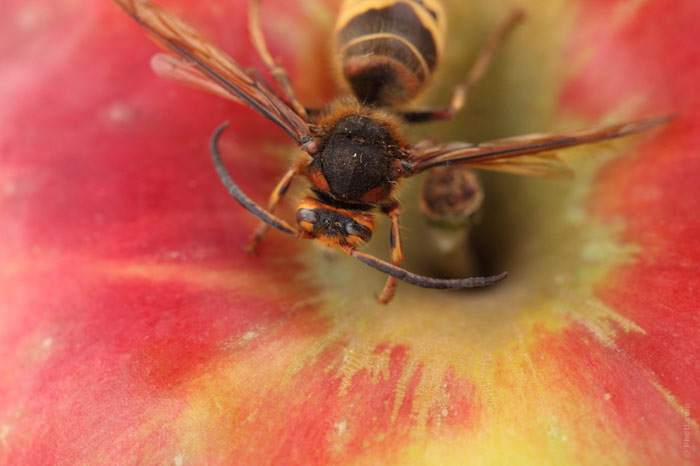15 Most Common Indoor Allergy Triggers
Allergy is what makes the human body produce an immune response, which is really damaging. When the body is in contact with the substance, to which a person is allergic, it perceives the substance as an immediate threat and begins to react. Here are some examples of the most common allergies.
1. Peanuts

Peanut allergy is different from allergies to other nuts, as peanuts is actually not a nut, but a representative of the legume family. Now this kind of allergy is spreading rapidly in the US and the UK, but the researchers do not have a clue why this is happening.
2. Soy

Allergy to soy is less common and it usually affects children. However, it is quite difficult to cure because soy is found in almost all processed foods.
3. Eggs

Egg allergy mainly affects children and, as a rule, they “grow” out of it, but not always. Proteins that cause allergic reaction, in fact, are only present in egg whites. It is important to know that egg whites are used in many common vaccines.
4. Penicillin

Penicillin is a group of antibiotics, which were the first to be applied universally. Discovered by Alexander Flemming in 1928, penicillin was introduced into widespread use in 1942. The reactions to it range from mild rashes to anaphylaxis.
5. Apples

An allergic reaction to apples is actually one of the most common causes of the oral allergy syndrome (OAS). If you feel tingling or itching after eating an apple, or experience lip, tongue or throat swelling, you are faced with the variety of OAS.
6. Spices

The most common spices that cause allergies are cinnamon and garlic. However, other spices, including onion, mustard and even vanilla, may cause a response ranging from headache to anaphylaxis. About 2% of all allergy patients do not tolerate spices.
7. Meat

A person can develop an allergy to beef, pork, venison or poultry, depending on the individual characteristics of the body. It is important to be aware that symptoms may not appear immediately, but after a few hours. In the recent years, an allergy to meat has been on the rise in the southern part of the United States, arising as a side effect from lone star tick bites.
8. Grass pollen

Grass actually has microscopic barbs causing an allergic reaction when they come into direct contact with human skin. This, combined with the pollen of mowed grass, makes summer a terrible season for allergy sufferers.
9. Citrus

Citrus allergy is caused by profilin – a protein contained in citrus. Some people’s bodies recognize profilin as a harmful substance, causing an immune response.
10. Salicylates

Salicylates are chemical substances of vegetable origin, which are the basis for many drugs, such as aspirin and other anti-inflammatory drugs. Furthermore, they are found in some fruits and vegetables, used as additives in processed foods, and some cosmetic products. Reactions to salicylates range from mild nasal congestion and rashes to asthma or anaphylaxis.
11. Shellfish

An allergy to shellfish is one of the most common in children and adults, and it is different from an allergy to fish. It occurs after eating lobsters, crabs, shrimps, scallops, oysters and clams.
12. Insect bites

Insect bites are unpleasant, regardless of whether a person is allergic to them. They bring a small amount of poison into the body, which in any case causes a backlash. However, allergies can cause acne or sores, fever and swelling at the place of the bite, while more severe cases lead to hives, breathing problems, an increased heart rate, and sometimes anaphylaxis.
13. Milk

According to some estimates, about 3% of young children are allergic to milk. The reactions range from indigestion and bloody stool to full anaphylaxis.
14. Animals

An allergy to animals is, in fact, a reaction to the proteins contained in the animals’ saliva and sebaceous glands. Sometimes these allergies can develop over several years. Depending on the severity of the allergy, some people can keep cats or dogs at home, if they clean the room and wash the animals regularly. Others, unfortunately, cannot be in the same room with the animal, to which they are allergic.
15. Dust mites

Dust mites are microscopic mites, which are a major cause of allergies to dust. They eat things like dead skin cells, which a person loses a daily basis in an amount of 1.5 g (these particles can make up 80% of the dust in some houses). Since these mites are very small (0.1 – 0.5 mm), a person can inhale them, or they can get into the eyes. The reaction to these is the same as to pollen.
